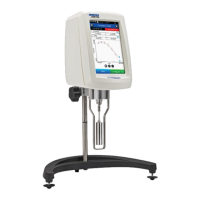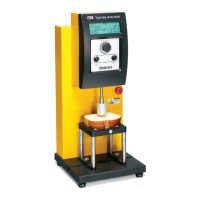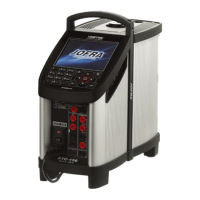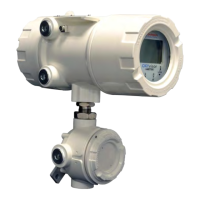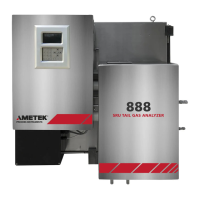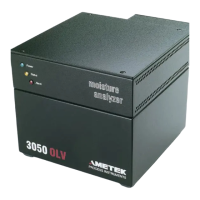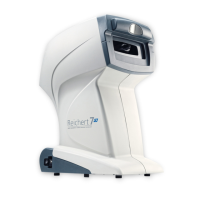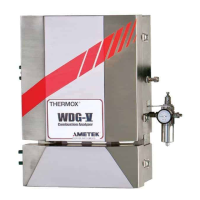M21-400 REV.1.1 DVPLUS DIGITAL VISCOMETER - OPERATIONAL MANUAL
APPENDIX B VARIABLES IN VISCOSITY MEASUREMENTS
As with any instrument measurement, there are variables that can aect a Viscometer measurement. These variables
may be related to the instrument (Viscometer), or the test fluid. Variables related to the test fluid deal with the
rheological properties of the fluid, while instrument variables would include the Viscometer design and the spindle
geometry system utilized.
RHEOLOGICAL PROPERTIES
Fluids have dierent rheological characteristics that can be described by Viscometer measurements. We can then
work with these fluids to suit our lab or process conditions.
There are two categories of fluids:
Newtonian
Non-Newtonian
Time-Independent
Pseudoplastic
Time-Dependent
Thixotropic
These fluids have the same viscosity at dierent Shear Rates (dierent RPMs) and
are called Newtonian over the Shear Rate range they are measured.
These fluids have dierent viscosities at dierent shear rates (dierent RPMs). They
fall into two groups:
1. Time-Independent non-Newtonian
2. Time-Dependent non-Newtonian
A pseudoplastic material displays a decrease in viscosity with an increase in shear
rate and is also known as “shear thinning”. If you take Viscometer readings from
a low to a high RPM and then back to the low RPM, and the readings fall upon
themselves, the material is time-independent pseudoplastic (shear thinning).
A thixotropic material has decreasing viscosity under constant shear rate. If you set
a Viscometer at a constant speed recording cP values over time and find that the cP
values decrease with time, the material is thixotropic.
If you take Viscometer readings from a low RPM to a high RPM and then back to the
low RPM, and the readings are lower for the descending step, the material is time
dependent, thixotropic.
AMETEK Brookfield publication, “More Solutions to Sticky Problems”, includes a more detailed discussion of
rheological properties and non-Newtonian behavior.
VISCOMETER RELATED VARIABLES
Most fluid viscosities are found to be non-Newtonian. They are dependent on Shear Rate, time of test, and the
spindle geometry conditions. The specifications of the Viscometer spindle and chamber geometry will aect the
viscosity readings. If one reading is taken at 2.5 RPM and a second at 50 RPM, the two cP values produced will be
dierent because the readings were taken at dierent shear rates. The faster the spindle speed, the higher the shear
rate.
The shear rate of a given measurement is determined by: the rotational speed of the spindle, the size and shape of
the spindle, the size and shape of the container used and therefore, the distance between the container wall and the
spindle surface.
A repeatable viscosity test should control or specify the following:
1. Test temperature
2. Sample container size (or spindle/chamber geometry)
3. Sample volume
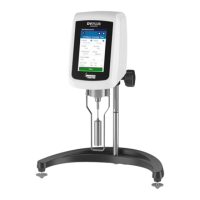
